

The Dacia Story

Colibaşi
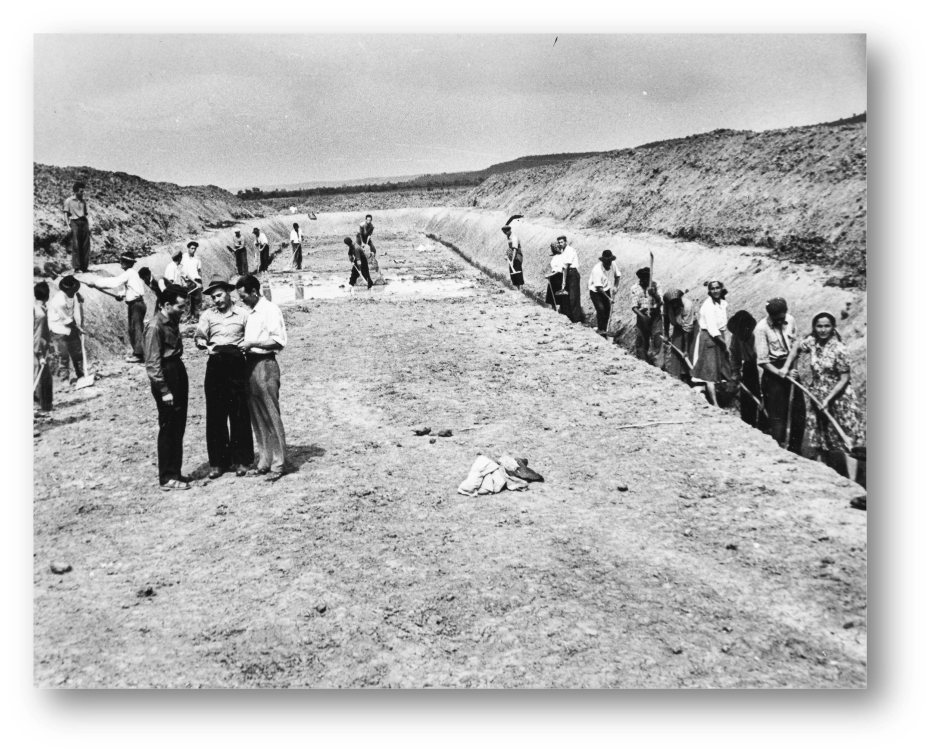
Brașov
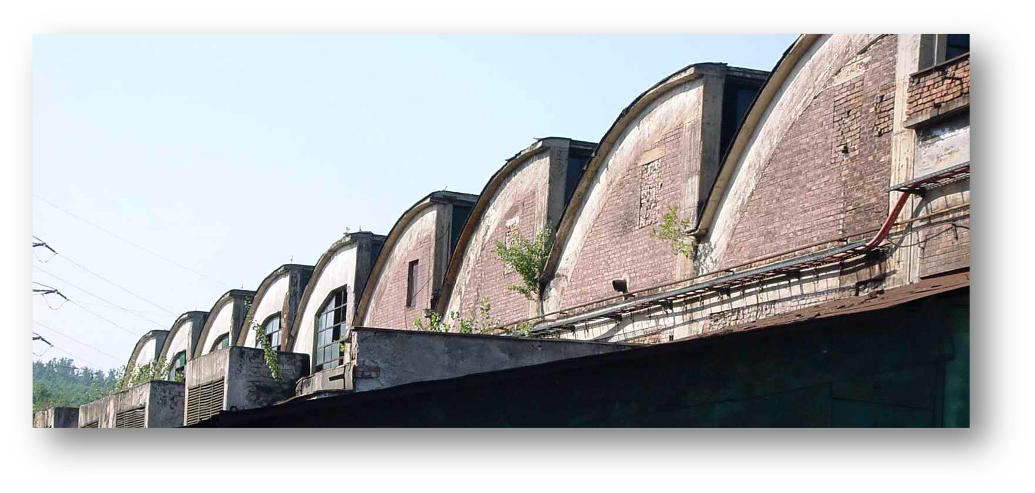
UPAC
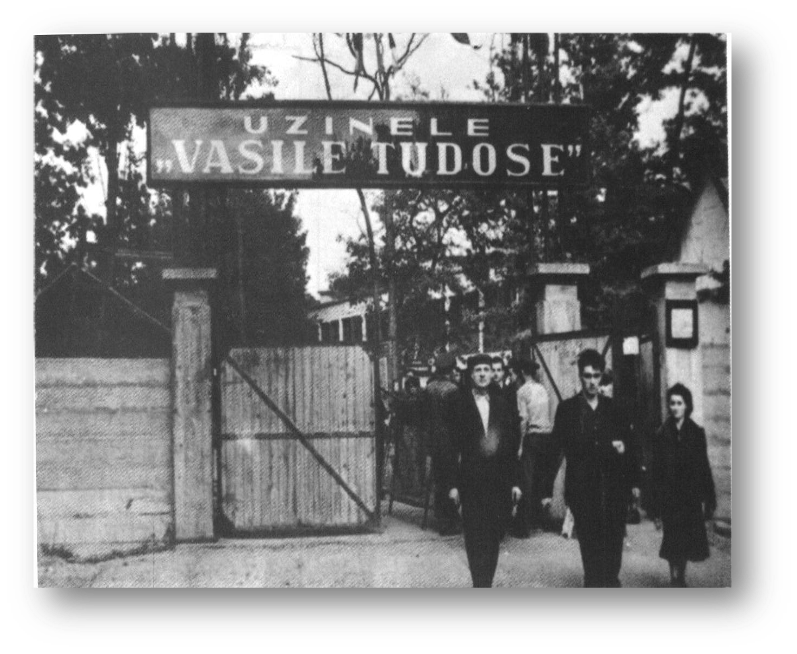
Renault 12
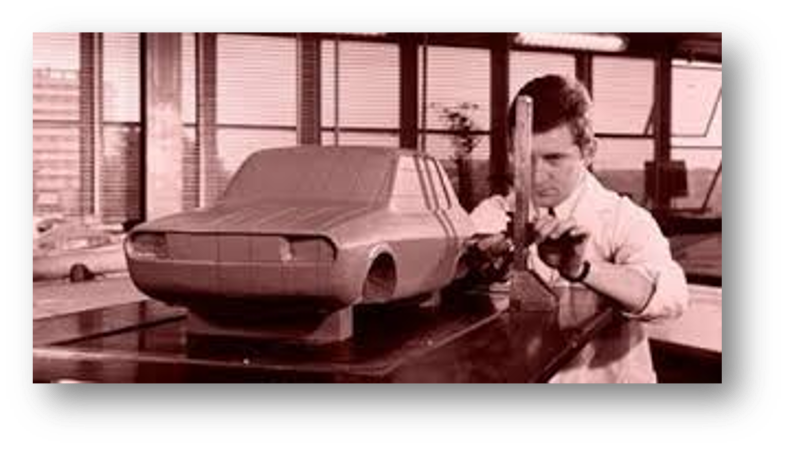
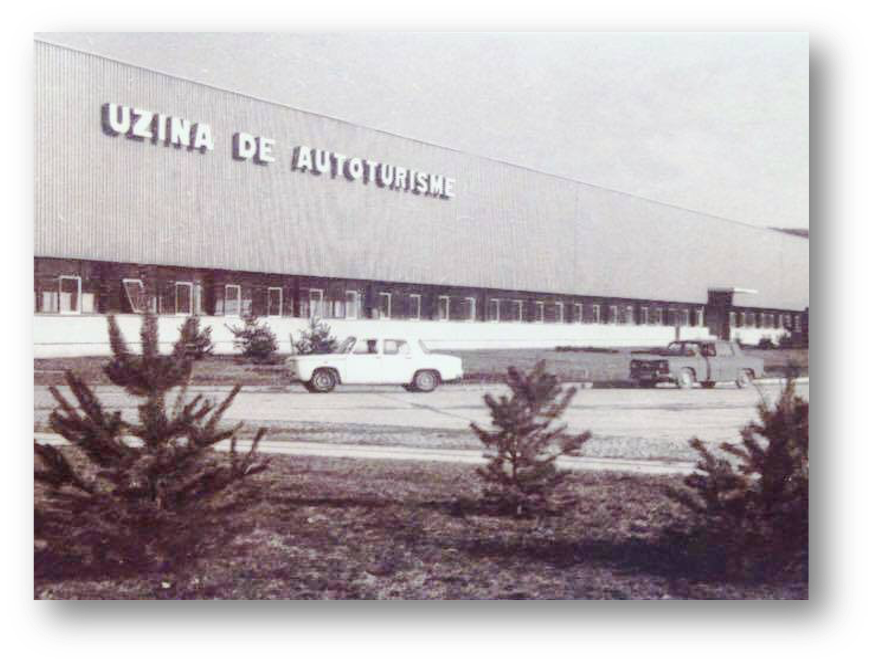
Contract with RNUR
On September 6th, 1996, in Bucharest, the framework contract between the Romanian Governement and THE Régie Nationale des Usines Renault (RNUR) was signed, for an initial period of 10 years. 10 days later, on September 16th ,1996, the decision was made to build what would become the future Colibaşi car plant, close to the buildings of the existing UPAC plant.

Intermediate solution
As the R12 would not go onto the French market until the end of 1969 (it was unveiled at the Paris Motor Show in October of that year), the contract allowed for the temporary manufacture of another vehicle of the same type. Although the R16 appeared to be the Romanian party’s model of choice, it was decided in the end to go with the R8 (the Major version), above all for cost reasons.
1968 Production starts

First model – the Dacia 1100
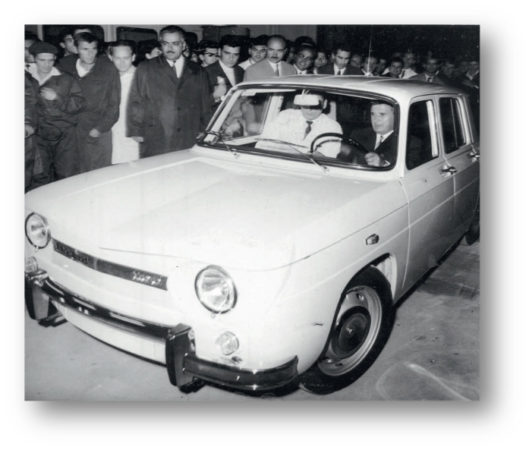
1969 - 1969 Launch of the Dacia 1300
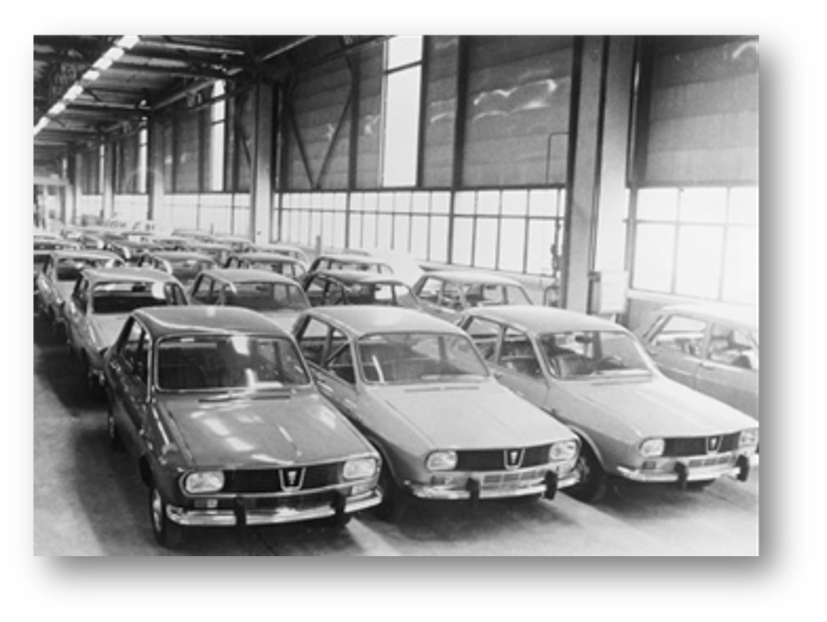
1973 - Dacia 1300 Break

1975 - First utility vehicles
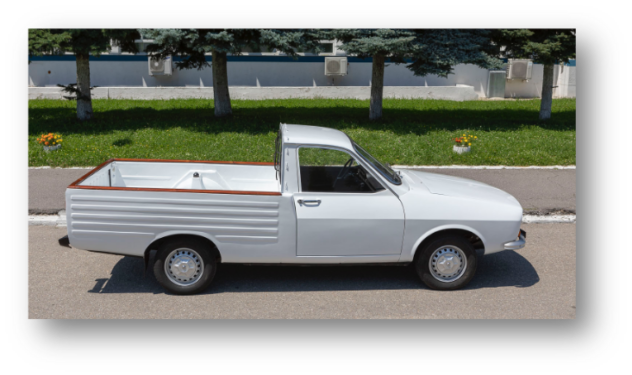
1975 - First utility vehicles
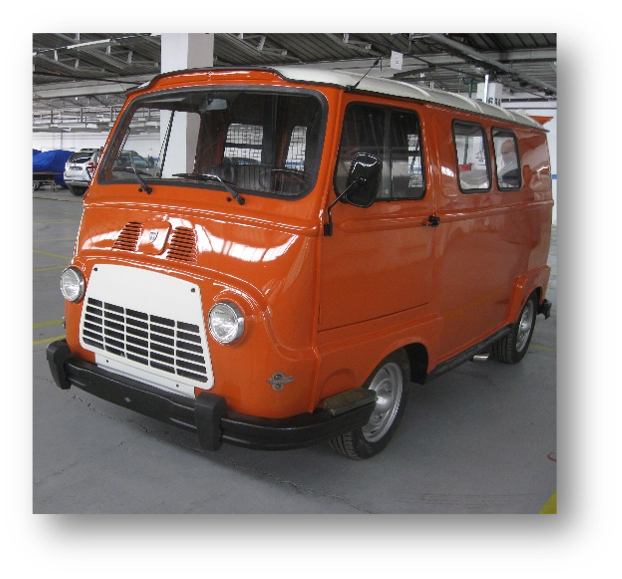
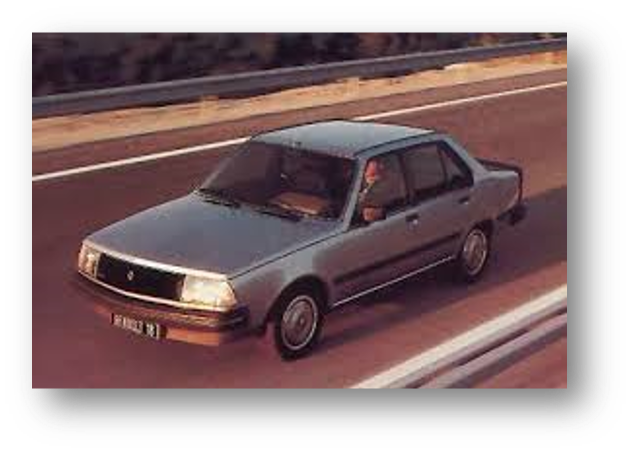
End of the agreement with Renault
At the end of the contract signed in September 1966, the Romanian authorities began fresh negotiations with Renault that would result, in June 1978, in a draft framework agreement for the production and assembly of the Renault 18 in Romania. This agreement was never signed, despite conditions that were highly favourable to the Romanian party. This twist in the tale left the Piteşti plant with a range that was produced almost entirely locally.
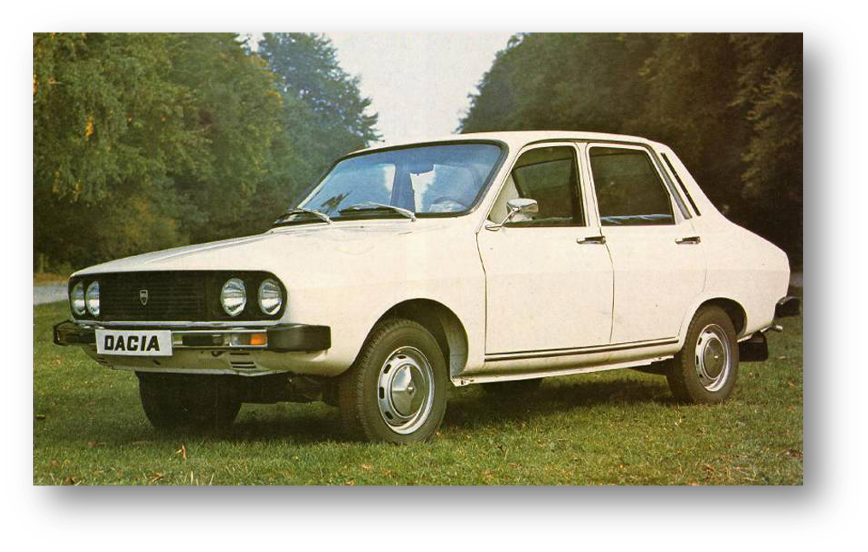
1980s
At the start of the 80s, the company, which changéd its name to Intreprinderea de Autoturisme Piteşti (IAP), was producing 300 vehicles a day and employed over 20,000 people. The range grew with the launch of a restyled version of the Dacia 1300, now renamed the Dacia 1310. This vehicle will undergo several changes over time, both to its design and its mechanics. Unfortunately, production quality fell after 1980.
1983 - Dacia 1304
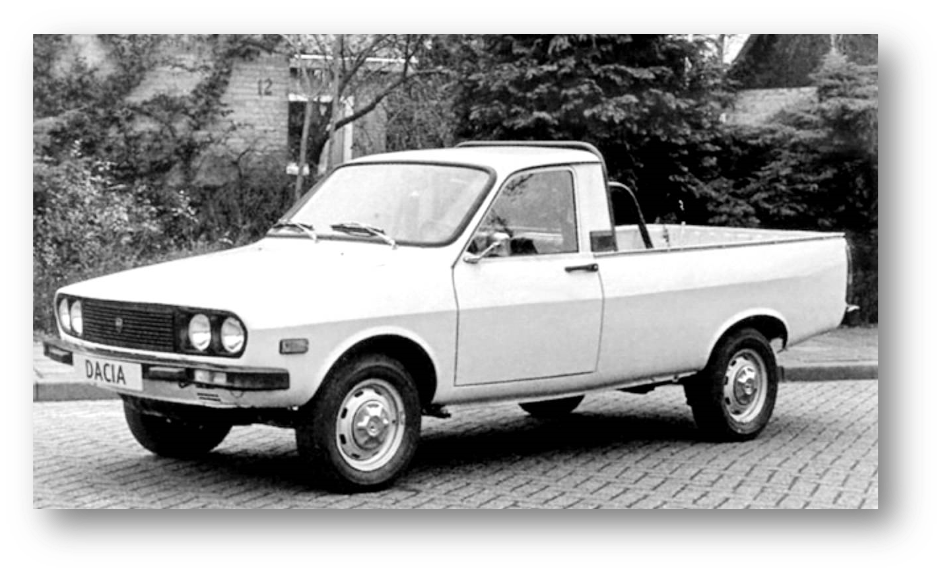
Dacia 1310 variants
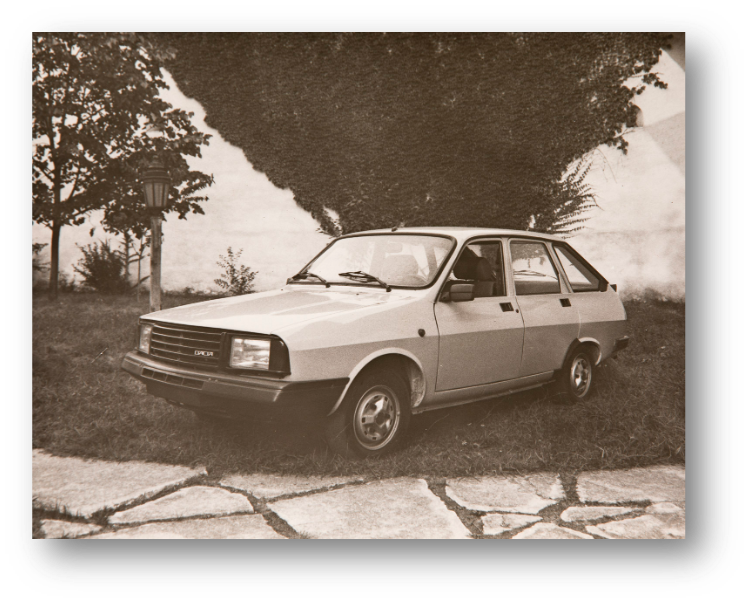
Post-1990

1992 - New utility vehicle
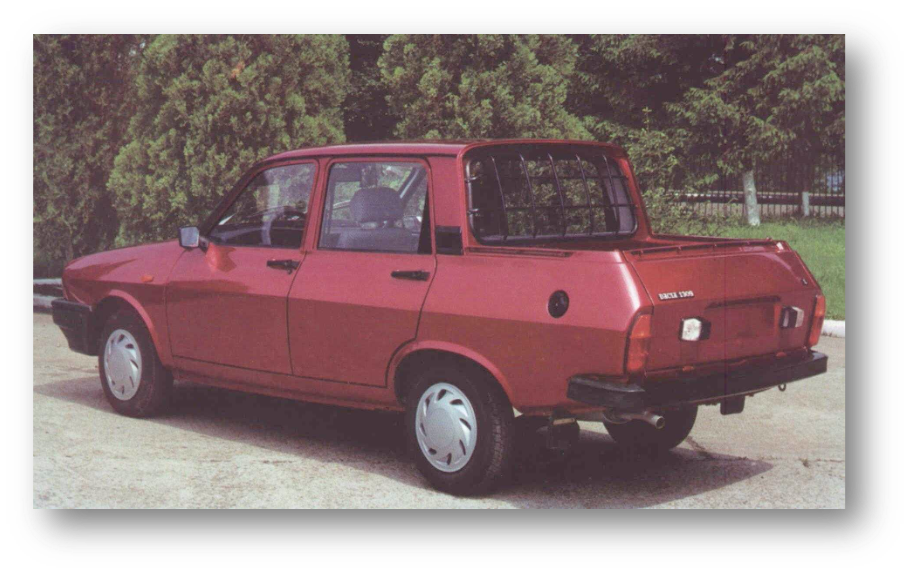
1995 - Dacia Nova
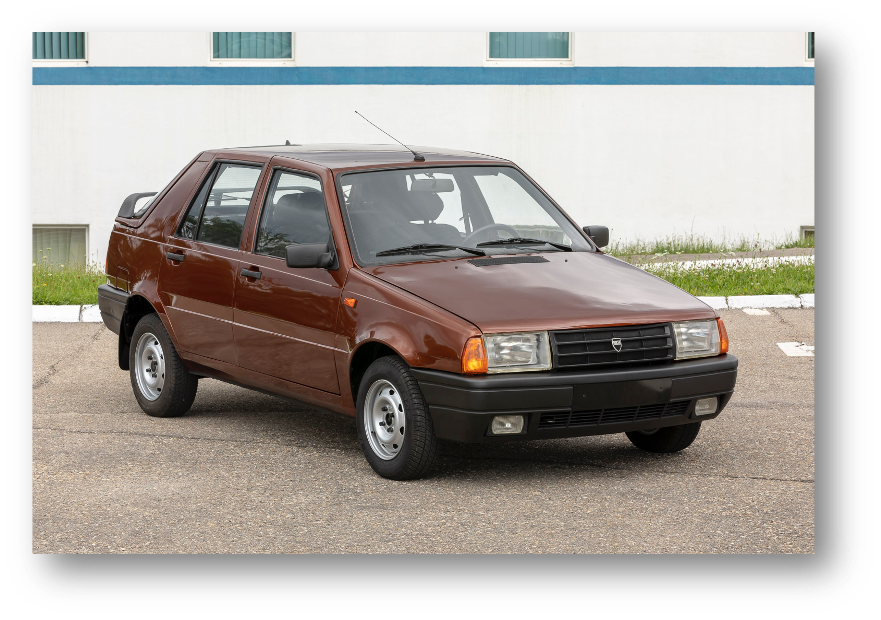
Dacia Nova evolves
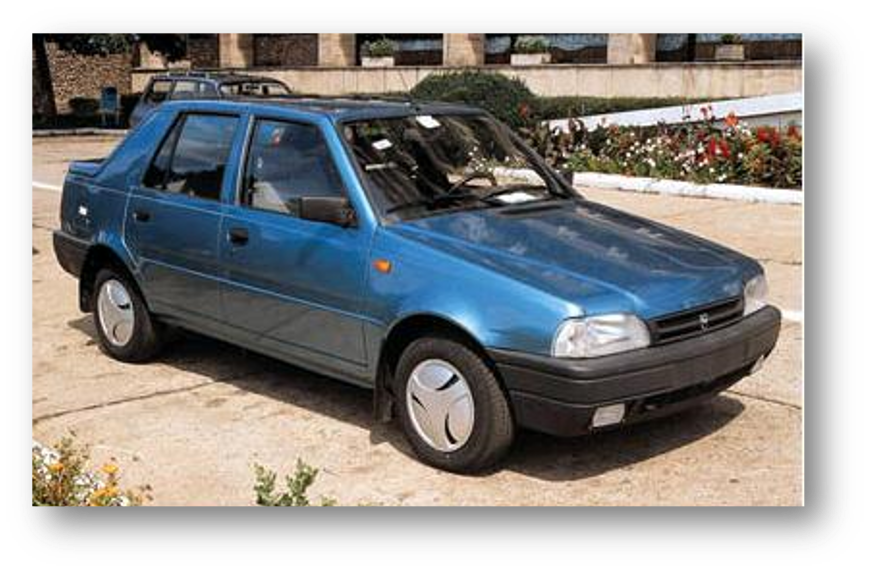
1999 Dacia becomes a Renault Group brand

Modernisation of the plant

2000 - SupeRNova
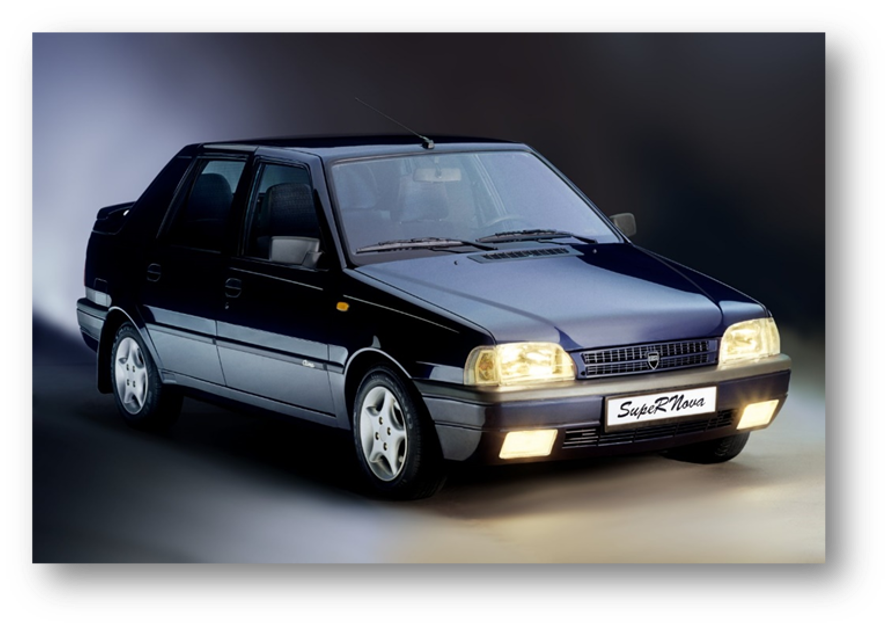
2002 - Diesel pick-up
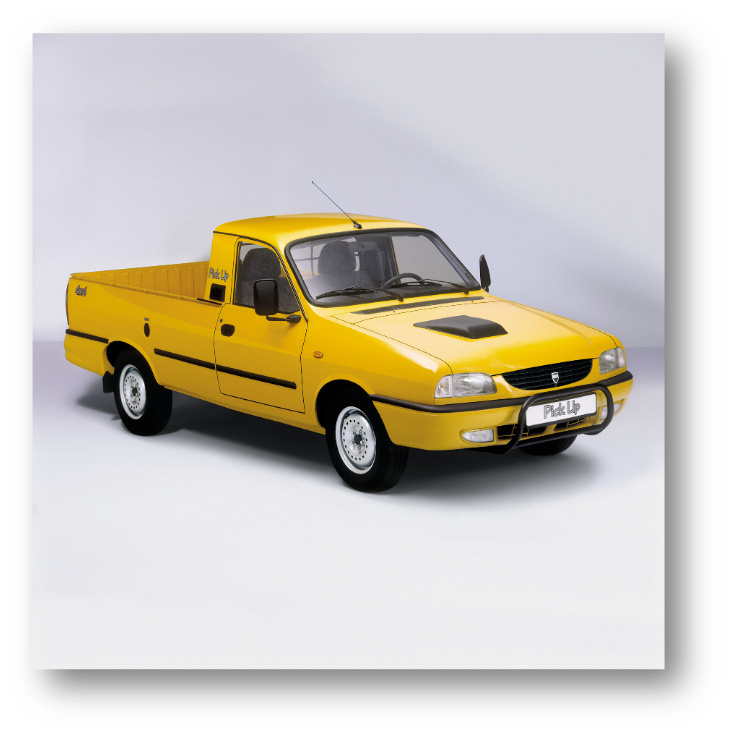
2003 - Solenza
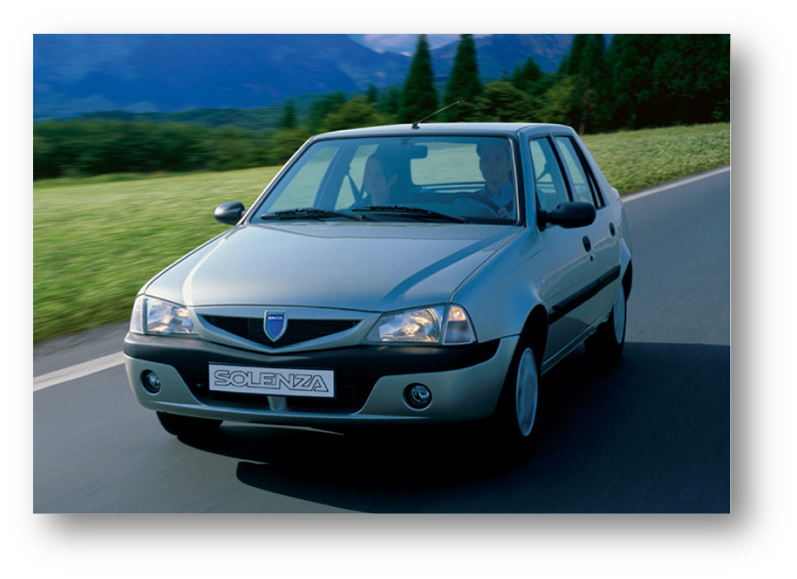
2004 - Logan runs out a winner!
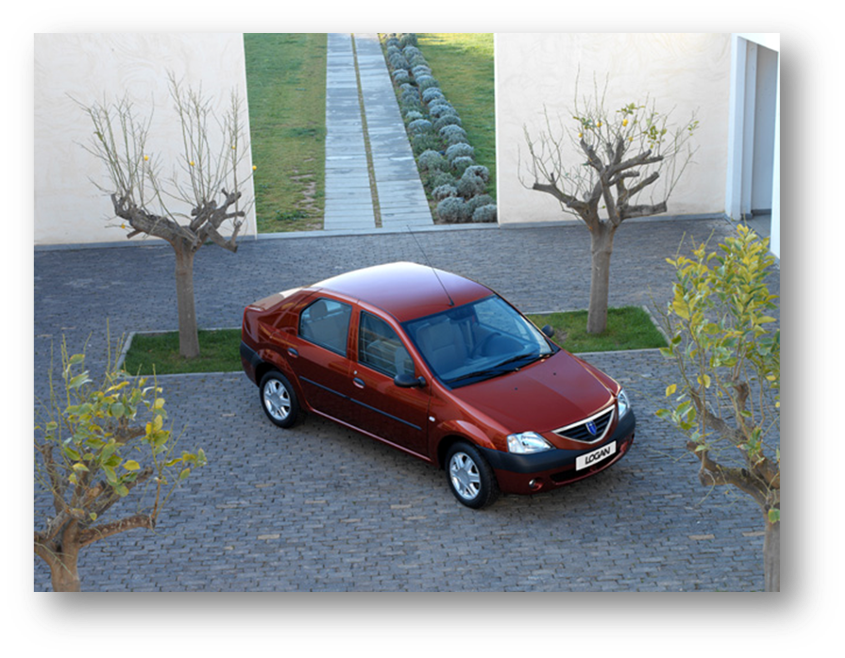
International expansion

2006 - Logan MCV
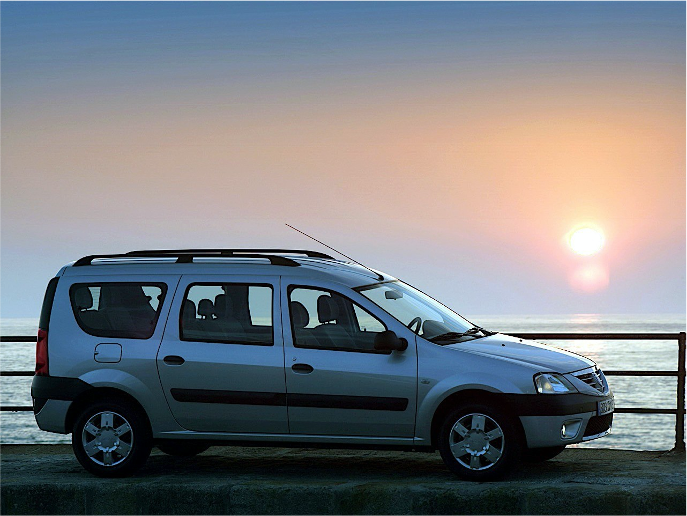
2007 - Logan VAN
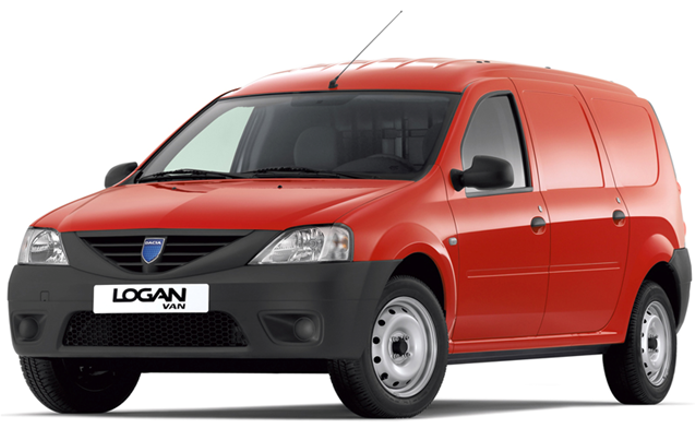
2008 - Logan Pick-Up
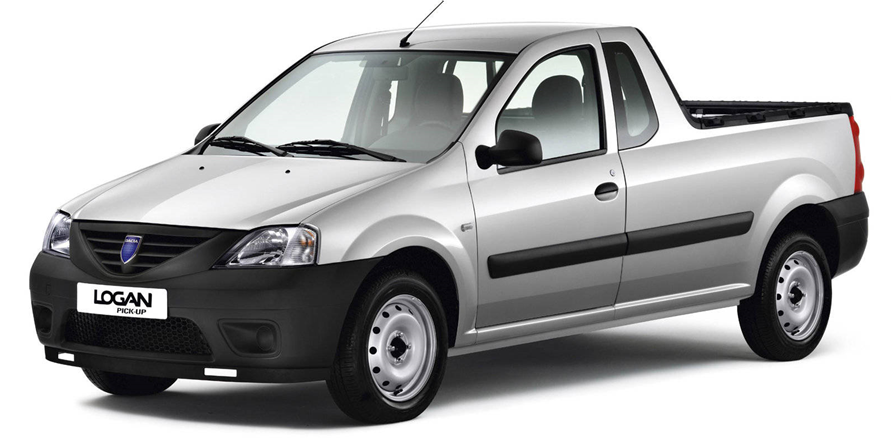
2008 - Sandero

2009 - Sandero Stepway
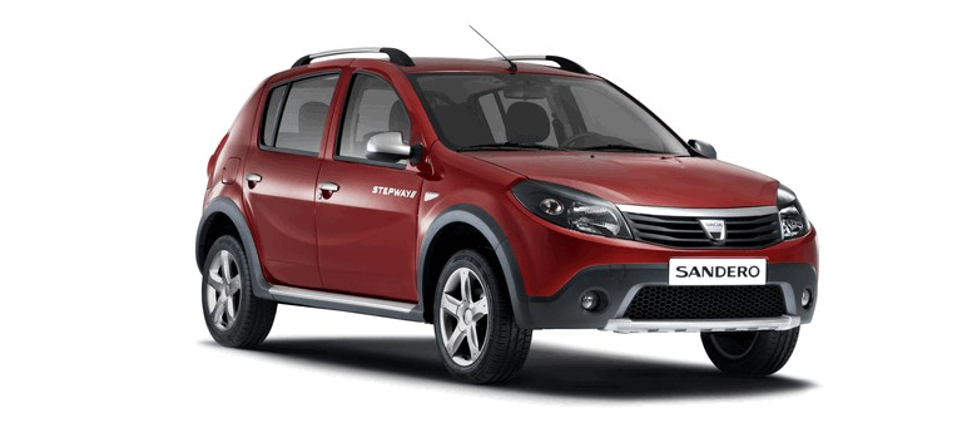
2010 - Duster, an off-roader for everyone
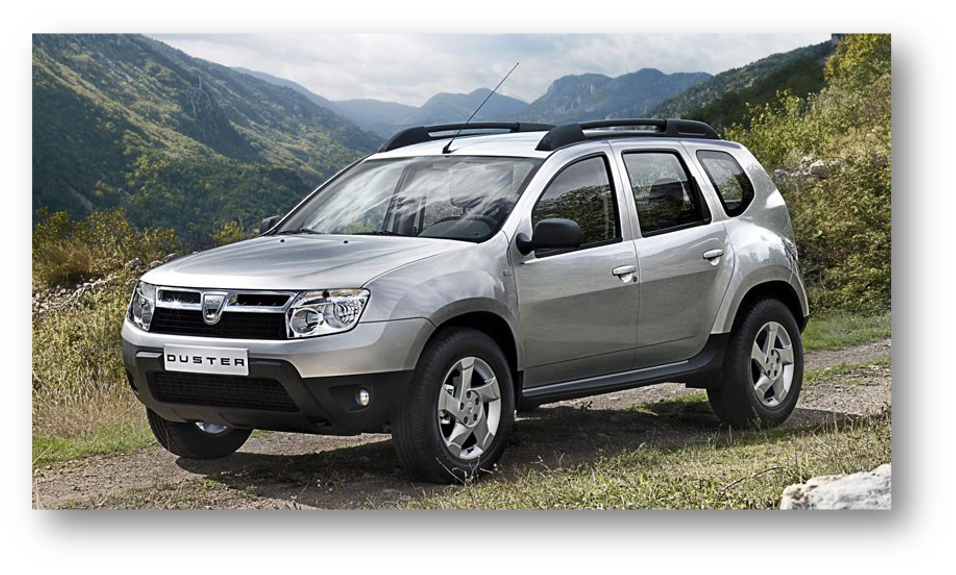
2012-2017: Modern times
2020, A revitalised range
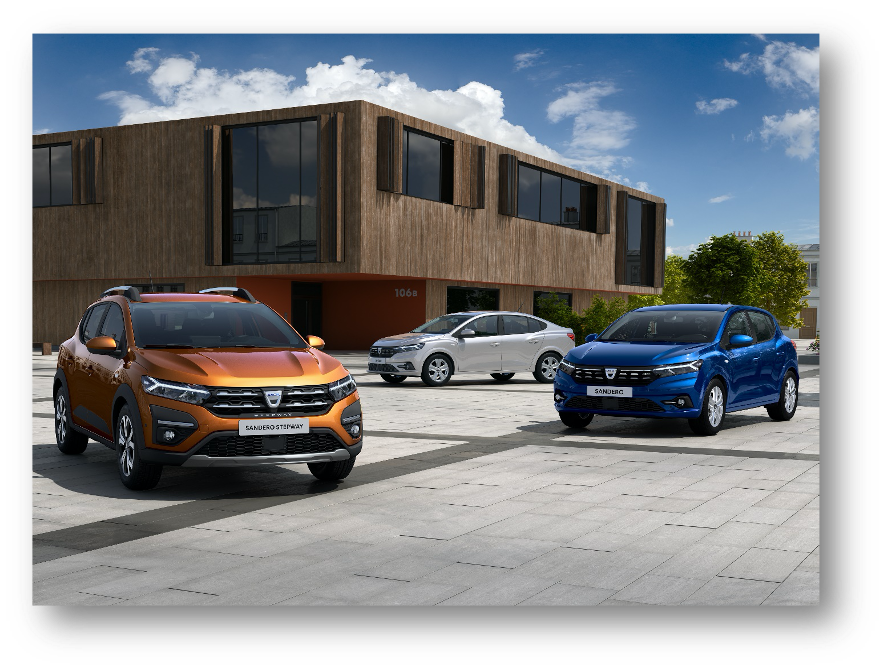
2021: new chapter, new strategy
Spring, the electric revolution
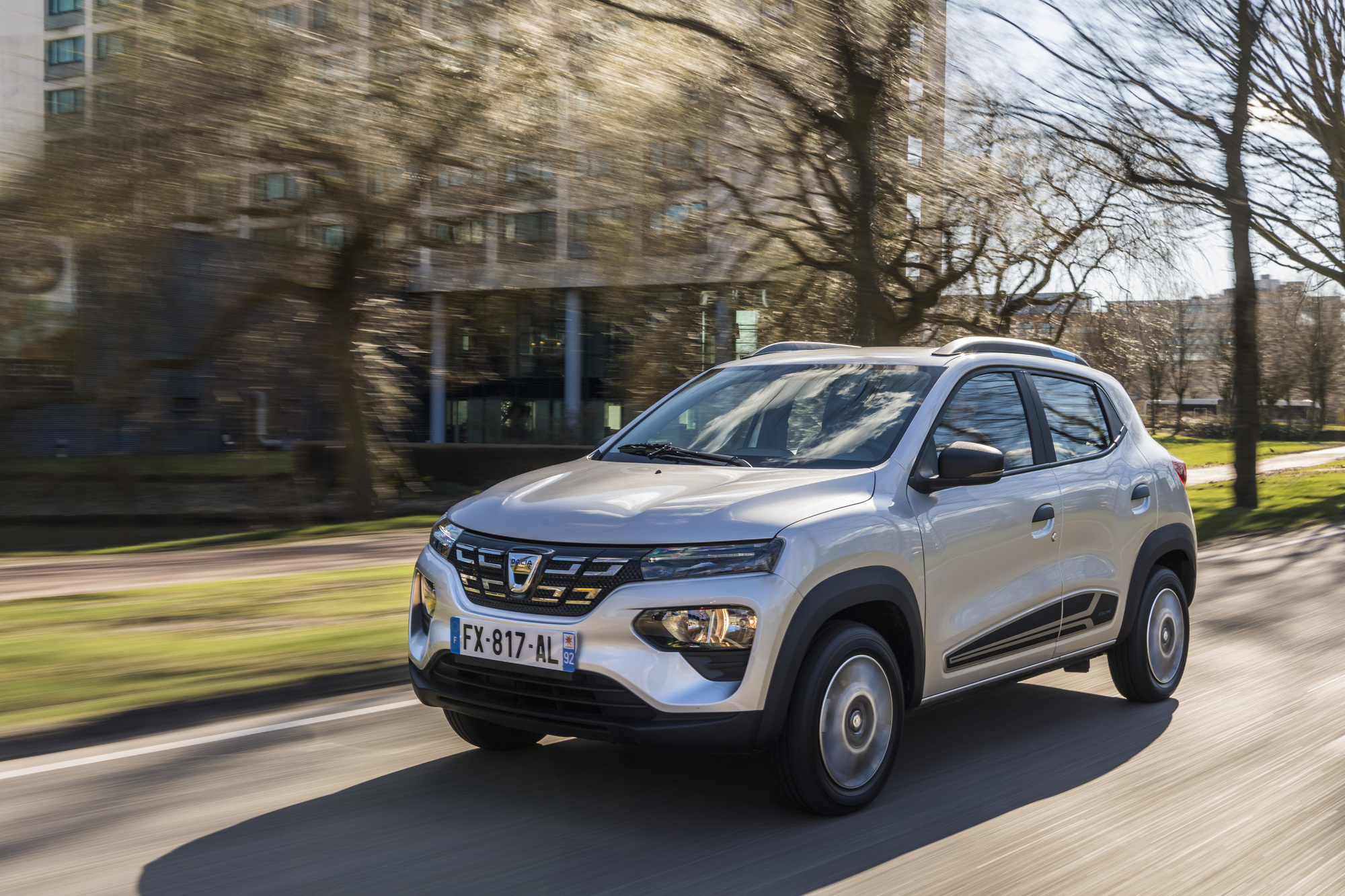
One ambition: to redefine the essential
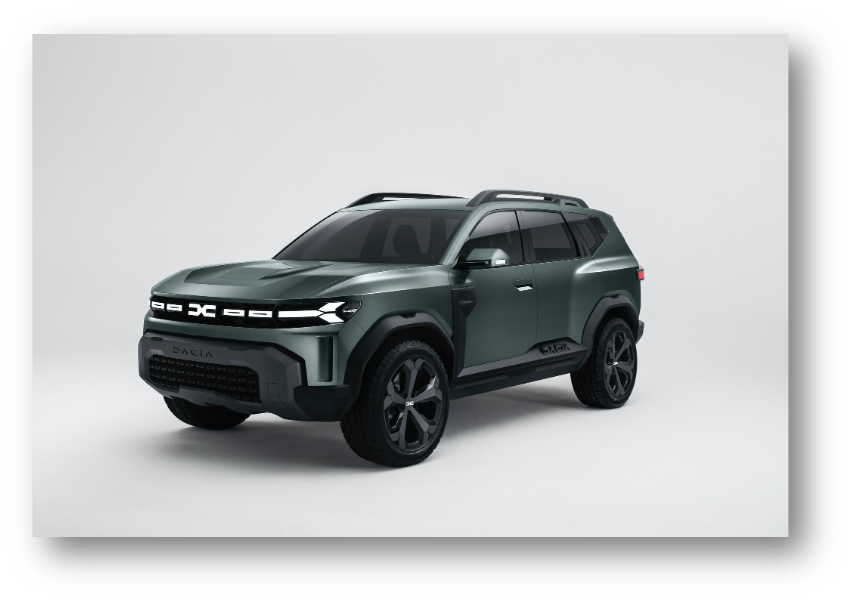
All-new Dacia Jogger: the 7-seater family car reinvented
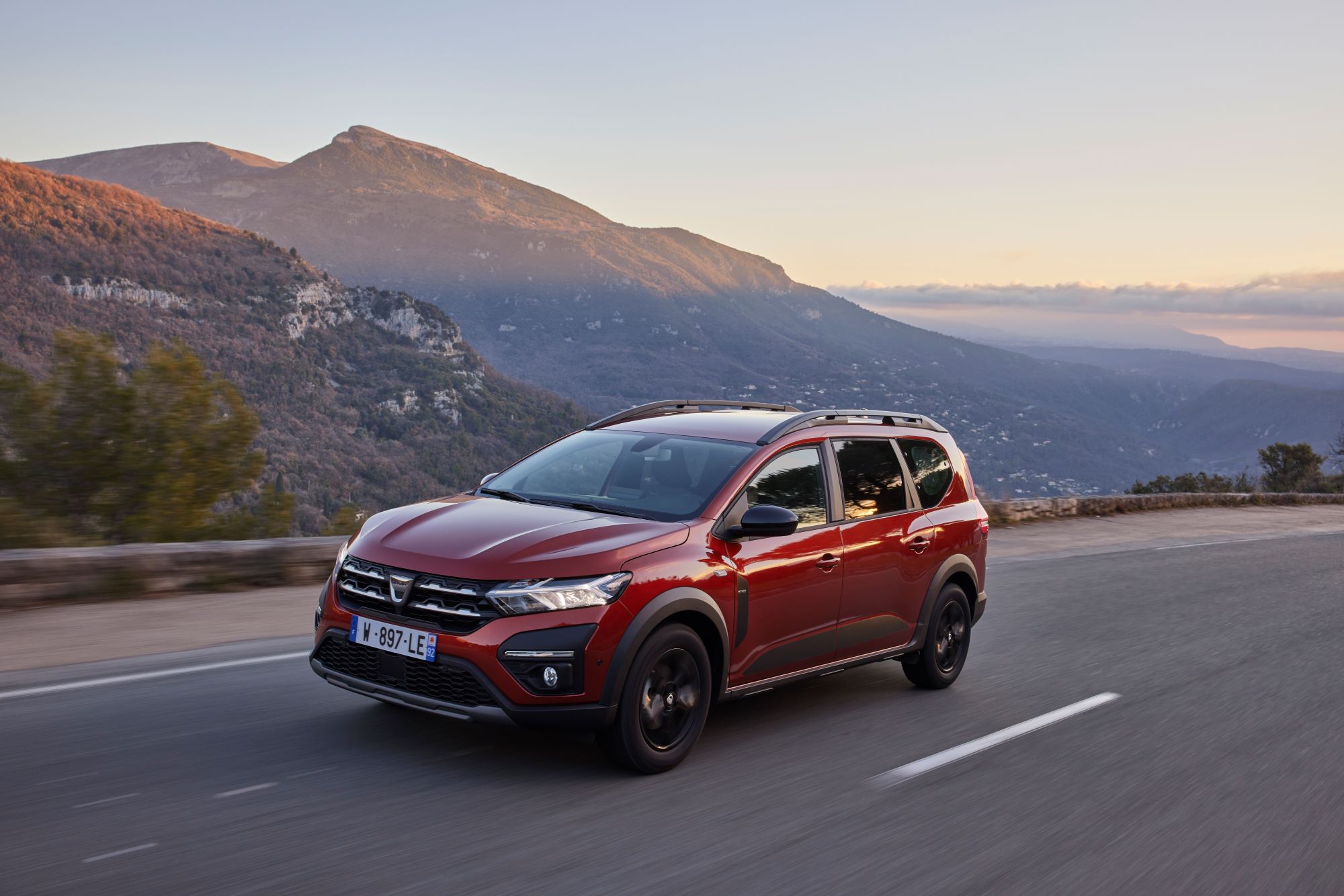
2022: the new face of Dacia


- Algeria
- Austria
- Belgium
- Bosnia
- Bulgaria
- Croatia
- Czech Republic
- Denmark
- Estonia
- Finland
- France
- Germany
- Grece
- Guadeloupe
- Guyane
- Hungary
- Iceland
- Ireland
- Israel
- Italy
- Latvia
- Lebanon
- Lithuania
- Luxemburg
- Macedonia
- Martinique
- Mayotte
- Moldavia
- Montenegro
- Morocco
- Netherlands
- Nigeria
- Norway
- Poland
- Portugal
- Réunion
- Romania
- Serbia
- Slovakia
- Slovenia
- Spain
- Sweden
- Switzerland
- Tunisia
- Türkiye
- United Kingdom
